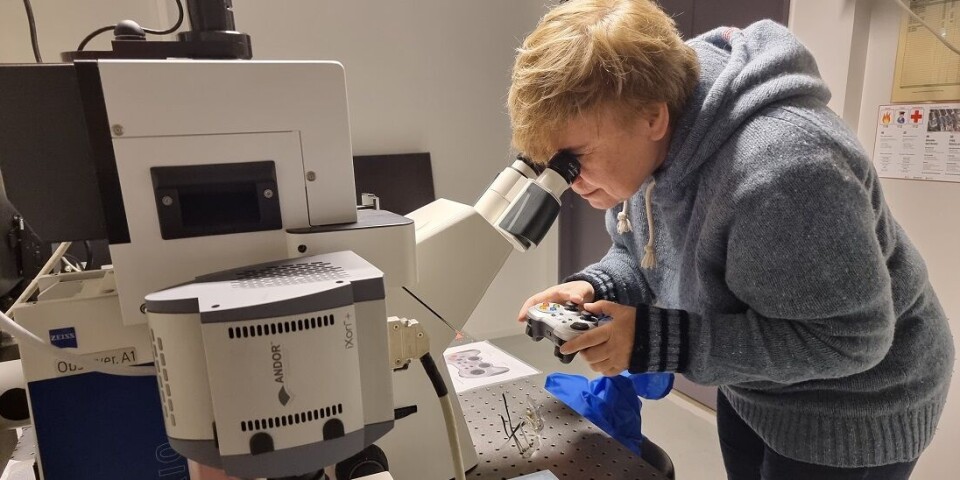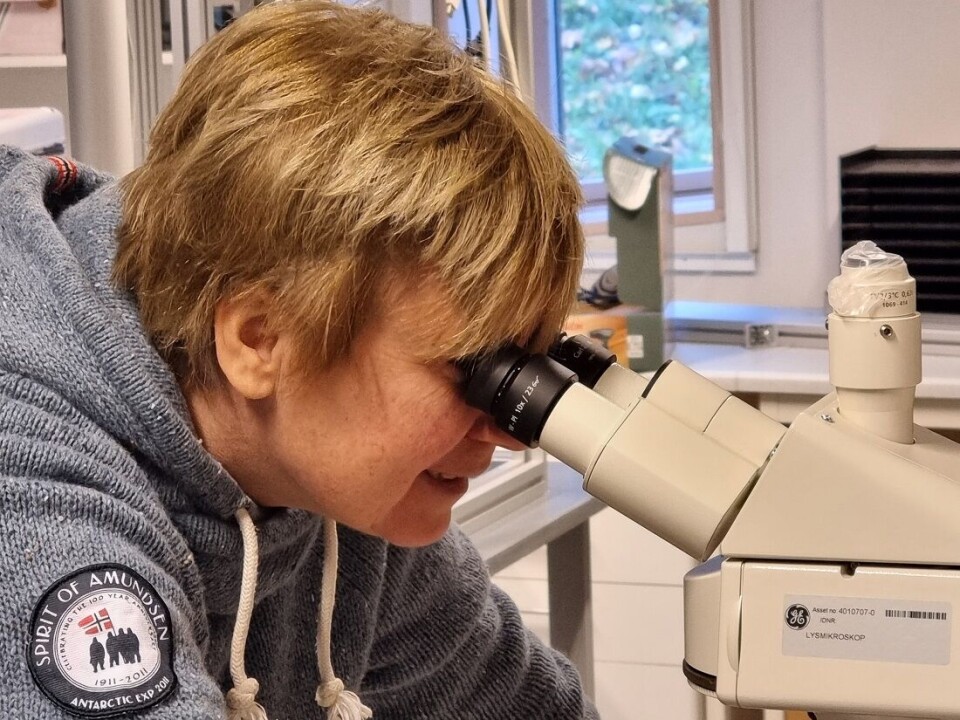THIS CONTENT IS BROUGHT TO YOU BY NTNU Norwegian University of Science and Technology - read more

A new method for identifying bacteria could help reduce the use of antibiotics
Researchers have developed a method that identifies bacteria easily, cheaply, and more precisely than before.
Far too many antibiotics are used around the world. As a result, bacteria are becoming resistant to these drugs.
Curing bacterial diseases is becoming more difficult than before, because antibiotics are perhaps our most important weapons in the fight against them.
An important step towards using fewer antibiotics is to find better methods for identifying pathogens. Here comes the good news.
“We have developed a simple tool that can identify all of the genetic material in bacteria," says Professor Erika Eiser at NTNU's Department of Physics.
This allows experts to more quickly determine what kind of bacteria is affecting a sick person or animal, or what kind of bacteria are present in food or the environment.
"We can then also decide whether it is necessary to use antibiotics against the bacterium, and if so, what kind, so we don’t have to use as much medication,” he says.

No need to copy genetic material
An international research group is behind the latest findings. The results have been presented in the prestigious Proceedings of the National Academy of Sciences (PNAS) journal. Central to the work was Peicheng Xu from the Institute of Physics Chinese Academy of Sciences in Beijing, whom Eiser had previously supervised.
One reason the new method is faster is that users do not have to go through a step called ‘gene amplification’. This involves making several copies of the genetic material so it is easier to analyse. But researchers can now skip this step.
“We can analyse all of the bacterium’s DNA without gene amplification by using a method previously used in simulations,” Eiser says.
Eiser was part of a research group led by Tine Curk from Johns Hopkins University that developed the theory behind this method. The procedure also works in reality.
“We get excellent results when we apply the theoretical method to real samples,” Eiser says.
The method forms clumps
DNA is made up of rows of so-called nucleotides. The new method enables researchers to find short sequences of the bacteria’s DNA. They do this by observing how these sequences bind to different variants of DNA grafted onto particles dissolved in a liquid, known as colloids.
This means that researchers can quickly identify the bacteria. Bacteria bind to these colloids in different ways and cause them to clump together.
“Using this method, we saw how as few as five E. coli bacteria caused the colloids to create clusters,” Eiser says.
In other words, researchers do not need to analyse as much material. They can skip the step of making copies and save both time and money.

Still a way to go
All of this is currently in its early stages. Eiser has published a proof-of-principle experiment. This means that there is still a lot of work to be done before it becomes a widely used method.
“The findings can provide us with a reliable method for identifying pathogens in disciplines such as food safety, disease control and environmental monitoring,” says Professor Eiser.
In a world where more and more bacteria are becoming resistant to antibiotics, this is particularly good news.
References:
Curk et al. Computational design of probes to detect bacterial genomes by multivalent binding, Biophysics and Computational Biology, 2020. DOI: 10.1073/pnas.1918274117
Xu et al. Whole-Genome Detection using Multivalent DNA-Coated Colloids, Applied Physical Sciences, 2023. DOI: 10.1073/pnas.2305995120
More content from NTNU:
-
Politics on Facebook: Populist parties choose divisive issues on purpose
-
Social media is connected to cyberbullying – but not how we thought
-
Forskere ved NTNU får nesten 24 millioner av EU for å lage nye strømomformere
-
This helps the youngest children enjoy school more
-
Can we tap the ocean’s power to capture carbon?
-
Researchers have uncovered major problems in Norway's salmon industry





































